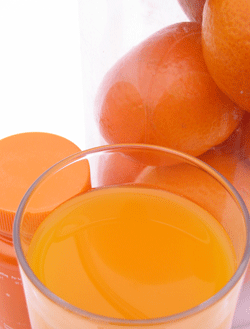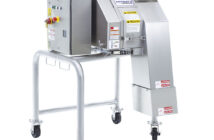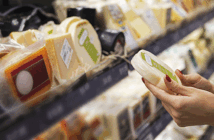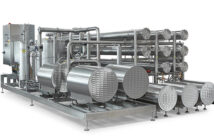By Natasha Telles D’Costa, research manager, New Zealand GIC, Frost & Sullivan
In a country that loves its fruits, the liquid variant –namely juices in New Zealand – remains one of the most popular food and beverage sectors.
In 2012 average per capita consumption of juices in New Zealand was estimated at approximately 25 litres; accounting for the tenth highest juice consumption in the world. It is thus ironic to note how little of these fruit juices actually contain the nutrient benefits offered by the real deal. The New Zealand juice industry along with that of Australia is today caught in a minefield of ethical concerns with regards to its ability to provide the consumer with nutrient rich, fruit-filled juices at viable prices.
Understanding the technicalities – what’s all the fuss about?
Concerned with constant worries on erroneous advertising with regards to the NZ juice industry in 2002, The NZ Commerce Commission began an investigation into the ethicality and viability of labels on consumer fruit juice products under the Fair Trade act which can fine companies up to $200,000 if found to be in breach of regulations.
Shockingly a number of both minor and major technical discrepancies were found in over eight classic Kiwi brands of fruit juice. The occurrence of such labelling misinformation shocked both the industry and consumers alike. Possibly the most disturbing revelation was the fact that a majority of these juices with vitamin C claims of up to 7mg per 100ml were found to contain no vitamin C at all.
This report caused the New Zealand fruit juice industry association to institute a voluntary code of practice to ensure labelling concerns were addressed and the 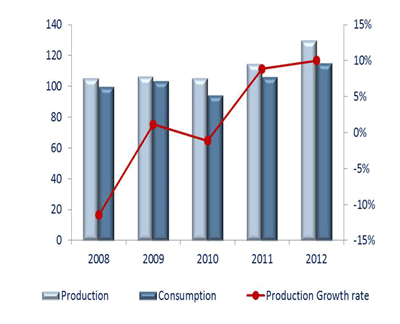
You are what you eat – where we stand today
The domestic New Zealand fruit juice market is dominated by demand for pip fruit based juices (apples, pears, berries etc.) followed by oranges. Herein lays the irony that while all these fruits are produced in New Zealand in significant quantities, very little is actually used in fruit juices for domestic consumption. In an increasingly misinformed consumer market the genre of fruit juices has become mired in controversy. Fruit based beverages are of two types, fruit juices and fruit drinks both of whom differ considerably from each other.
Fruit juices
Any product titled a fruit (or vegetable) juice must be 100 percent juice. According to New Zealand’s Food Standards Code a fruit juice can’t be diluted with water and cannot have more than four percent added sugars.
However, juices may be reconstituted with a concentrate. The term concentrate refers to a solution used by juice companies which involves removing the water during preservation and pasteurisation to maintain shelf life and then adding water back during reconstitution. What this means is that the 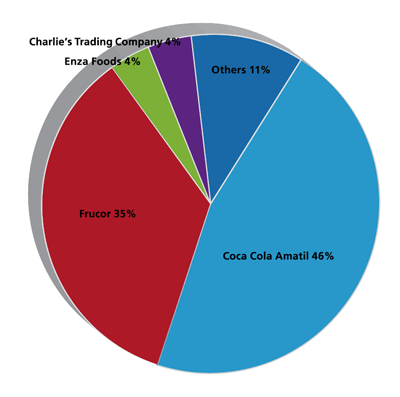
Fruit drinks
These products need contain only around five percent fruit juice or pulp (for passion fruit it can be as low as 3.5 percent), with no limit on the amount of added sugars. Increasing consumption of these fruit drinks has raised concerns that Kiwi kids consume over 100 grams of sugar each day, most of which comes from these beverages.
Looking to the commercials – New Zealand market scenario
Over 90 percent of Kiwi fruit juice is reconstituted from concentrates of which over 70 percent is from imported juice concentrates. Most imported concentrates are not 100 percent reconstituted and therefore contain little if any of the fruit’s original nutrients and are primarily fruit flavoured sugar syrups. Additionally post the Australian carbenzadime scare, which claimed that concentrate from Brazil contained a carcinogen namely carbenzadime, orange juice demand witnessed a drastic decline in New Zealand as well. In 2012, New Zealand produced approximately 130KT of juice while consumption was estimated at 115KT.
Imported concentrates are primarily from China (apples) while orange juice concentrates are sourced from India, Pakistan and Brazil. Key domestic players are Frucor Beverages (owned by Japan based Suntory Holdings group) and Enzafoods (largest pipfruit producer). Other major producers include Charlie’s Trading Company, Rio Beverages Limited, Greenway orchards Limited, First Choice Limited, Foodstuffs (New Zealand) Limited, General Distributors Limited, Coca Cola Amatil (NZ) Limited etc. There are at present over 200 producers of fresh juice in New Zealand of which around 30 percent are export focused.
Export growth – opportunities galore
Most of the processed fruit in New Zealand is exported to other countries such as Australia and countries in Europe and Asia. Australia accounts for the lion’s share of NZ export demand. In contrast, the local market due to price constraints uses concentrates (at various concentrations) in its juices.
New Zealand exports around 20 percent less juice than it imports, accounting for demand to increase significantly in the growth in this market. Juice exports have grown from $34 million in 2000 to $50 million in 2012. This sector is expected to witness increased growth as increasing international demand for New Zealand made juice products is witnessed around the world on the back of carcinogen concentrate scares globally.
The way forward
The NZ fruit juice industry is faced with multiple hurdles both domestically as well as in the export sector. While the domestic sector is plagued with concerns on nutritional efficacy and ability to provide healthy products at competitive prices, the export sector is faced with a lack of market penetration in export markets beyond the Pacific nations.
This latter factor is a key deterrent in the overall demand for New Zealand made products internationally. The fruit juice sector needs to rally its forces in both markets to ensure that New Zealand fruit growers are provided with the best support to provide consumers both locally and internationally with the best that New Zealand has to offer – which is quite a juicy lot!


























































































